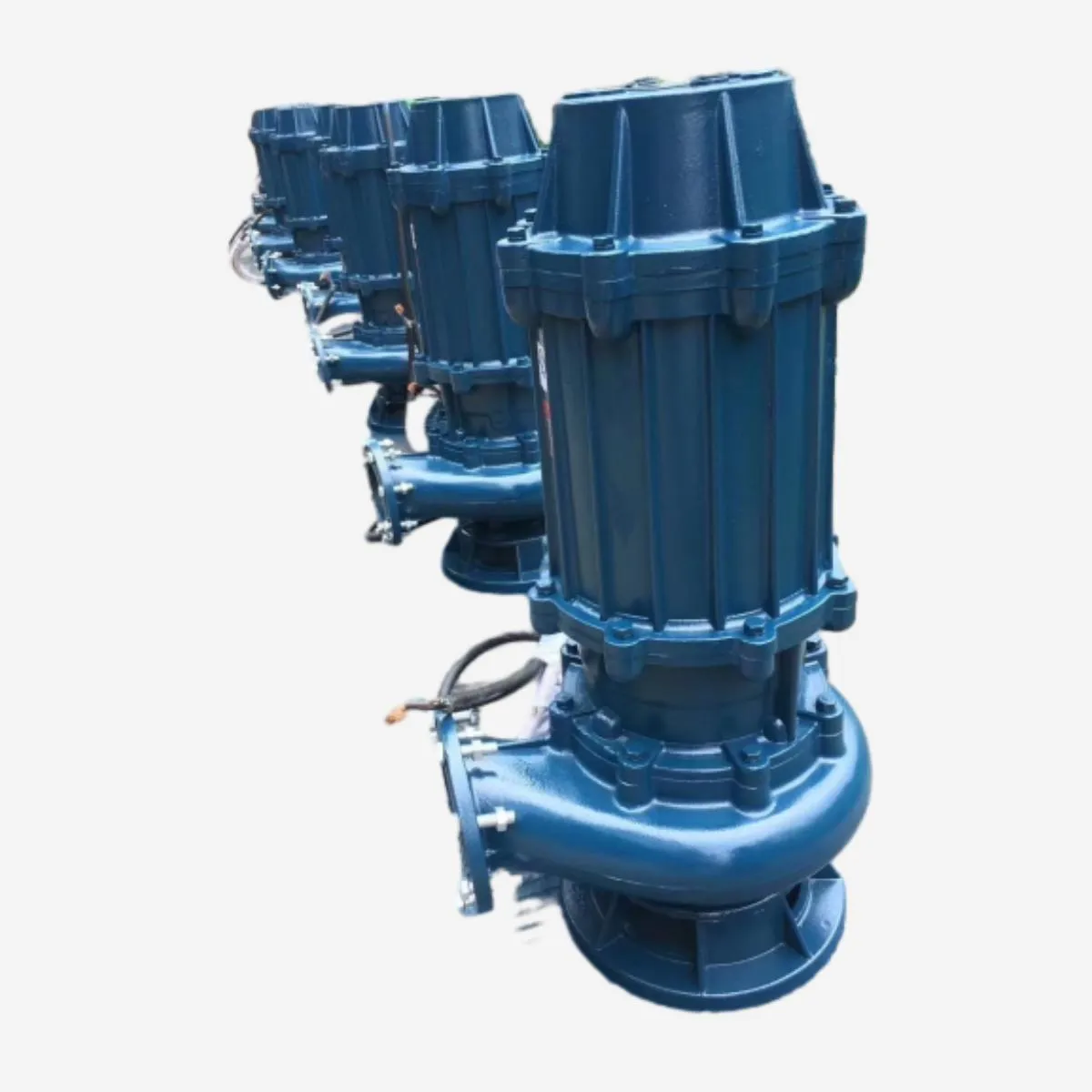TEL:
+86 13120555503
Bulgarian
- Afrikaans
- Albanian
- Amharic
- Arabic
- Armenian
- Azerbaijani
- Basque
- Belarusian
- Bengali
- Bosnian
- Bulgarian
- Catalan
- Cebuano
- Corsican
- Croatian
- Czech
- Danish
- Dutch
- English
- Esperanto
- Estonian
- Finnish
- French
- Frisian
- Galician
- Georgian
- German
- Greek
- Gujarati
- Haitian Creole
- hausa
- hawaiian
- Hebrew
- Hindi
- Miao
- Hungarian
- Icelandic
- igbo
- Indonesian
- irish
- Italian
- Japanese
- Javanese
- Kannada
- kazakh
- Khmer
- Rwandese
- Korean
- Kurdish
- Kyrgyz
- Lao
- Latin
- Latvian
- Lithuanian
- Luxembourgish
- Macedonian
- Malgashi
- Malay
- Malayalam
- Maltese
- Maori
- Marathi
- Mongolian
- Myanmar
- Nepali
- Norwegian
- Norwegian
- Occitan
- Pashto
- Persian
- Polish
- Portuguese
- Punjabi
- Romanian
- Russian
- Samoan
- Scottish Gaelic
- Serbian
- Sesotho
- Shona
- Sindhi
- Sinhala
- Slovak
- Slovenian
- Somali
- Spanish
- Sundanese
- Swahili
- Swedish
- Tagalog
- Tajik
- Tamil
- Tatar
- Telugu
- Thai
- Turkish
- Turkmen
- Ukrainian
- Urdu
- Uighur
- Uzbek
- Vietnamese
- Welsh
- Bantu
- Yiddish
- Yoruba
- Zulu
Telephone: +86 13120555503
Email: frank@cypump.com
фев. . 15, 2025 08:28 Back to list
Self Priming Sewage Pump
Choosing a sump pump for sewage management is a critical decision that can impact the functionality and safety of your property. A properly selected and well-maintained sump pump can prevent costly damage from water and sewage backups, ensuring a clean and healthy environment.
Float switch design can significantly affect pump reliability. Vertical float switches are generally more reliable in tight sump pits because they operate with a linear motion. On the other hand, tethered float switches are better suited for larger pits, providing broader range control. Consider the dimensions and configuration of your sump pit before making a final decision. When it comes to expertise and authority, reputable brands often provide a sense of confidence. Companies like Zoeller, Liberty Pumps, and Wayne have established themselves as leaders in the sewage pump industry by consistently producing reliable and effective products. Consult with professionals or customer reviews to identify models that have performed well in real-world conditions. Regular maintenance is key for keeping your sewage sump pump in top condition. Implement routine checks every few months to ensure the components are functioning correctly. Clear any visible debris from the pit and test the pump operation by pouring water into the pit until the float switch activates. Regularly inspect pipes for leaks and check electrical connections to prevent malfunctions during critical times. In conclusion, selecting the right sump pump for sewage requires balancing various factors tailored to your property’s specific needs. Thorough research and professional guidance can aid in making an informed choice, ultimately providing peace of mind against potential sewage-related issues. Always consult with a plumbing expert when in doubt, ensuring your investment is both robust and reliable for years to come.


Float switch design can significantly affect pump reliability. Vertical float switches are generally more reliable in tight sump pits because they operate with a linear motion. On the other hand, tethered float switches are better suited for larger pits, providing broader range control. Consider the dimensions and configuration of your sump pit before making a final decision. When it comes to expertise and authority, reputable brands often provide a sense of confidence. Companies like Zoeller, Liberty Pumps, and Wayne have established themselves as leaders in the sewage pump industry by consistently producing reliable and effective products. Consult with professionals or customer reviews to identify models that have performed well in real-world conditions. Regular maintenance is key for keeping your sewage sump pump in top condition. Implement routine checks every few months to ensure the components are functioning correctly. Clear any visible debris from the pit and test the pump operation by pouring water into the pit until the float switch activates. Regularly inspect pipes for leaks and check electrical connections to prevent malfunctions during critical times. In conclusion, selecting the right sump pump for sewage requires balancing various factors tailored to your property’s specific needs. Thorough research and professional guidance can aid in making an informed choice, ultimately providing peace of mind against potential sewage-related issues. Always consult with a plumbing expert when in doubt, ensuring your investment is both robust and reliable for years to come.
Share
Next:
Latest news
-
ISG Series Pipeline Pump-Chi Yuan Pumps|High Efficiency, Low Noise
NewsAug.07,2025
-
ISG Series Vertical Pipeline Pump - Chi Yuan Pumps | High Efficiency, Low Noise
NewsAug.07,2025
-
Industrial Chemical Pumps for Sale | High-Performance & Reliable
NewsAug.07,2025
-
ISG Series Vertical Pipeline Pump - Chi Yuan Pumps Co., LTD.|High Efficiency&Low Noise
NewsAug.07,2025
-
ISG Series Pipeline Pump - Chi Yuan Pumps | High Efficiency, Reliable Performance
NewsAug.07,2025
-
ISG Series Vertical Pipeline Pump - Chi Yuan Pumps Co., LTD.
NewsAug.06,2025










